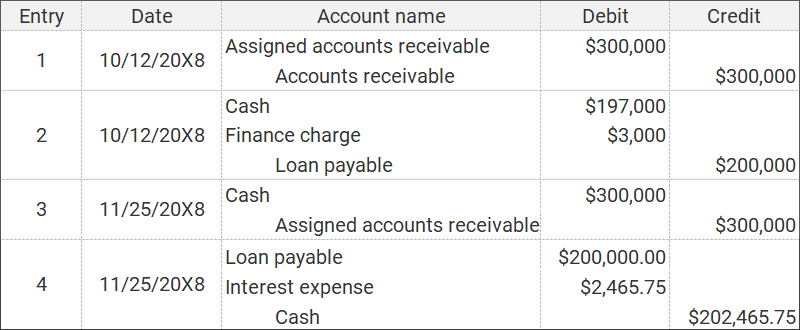Content

In this case, the 2% rate of interest he forgoes is his Opportunity Cost. Let’s assume that the investor has an option between investing in bonds or the stock market; if he does decide to invest in the stock market, he will ensure that he is making the most informed decision possible. Let’s say an investor has $10,000 to invest and decides to put that money in the stock market. This means that the investor is committing his resources to the stock market and can’t invest in any other project. Therefore, the investor should ensure that he invests in the best possible asset. Table 1 represents the rate of return on building a new factory vs. investing in stocks.
What is opportunity cost meaning and formula?
Opportunity cost = Return on best option not chosen – Return on option chosen. Or Opportunity cost can be said as. Opportunity cost = What you are sacrificing / What are you gaining. Opportunity cost is not always measured in terms of money, it can be calculated based on other factors such as time and satisfaction etc.
To calculate the opportunity costs involved in a decision, compare the value that you can expect to get from your best option with the value that you could get from the best alternative that you’ll have to forego. As such, accounting for opportunity cost can be highly beneficial when it comes to deciding how to spend the resources that you have. For example, when it comes to purchasing products, thinking about other things you could do with the money can help you https://kelleysbookkeeping.com/ be more cautious in terms of how you spend it. Regardless of who you are and on what scale you’re acting, opportunity cost can guide your actions, and help you determine whether a certain choice, is more beneficial than the available alternatives. This is important because in many cases, a certain option might be appealing because it’s beneficial, but in reality it’s less beneficial than alternatives options, which might not be as appealing at first glance.
Calculating opportunity cost
Accounting profit is the net income calculation often stipulated by Generally Accepted Accounting Principles . When assessing the potential profitability of various investments, businesses look for the option that is likely to yield the greatest return. Often, they can determine this by looking at the expected RoR for an investment vehicle. However, businesses Calculating Opportunity Cost must also consider the opportunity cost of each alternative option. Funds used to make payments on loans, for example, cannot be invested in stocks or bonds, which offer the potential for investment income. The company must decide if the expansion made by the leveraging power of debt will generate greater profits than it could make through investments.
So, if you chose to invest in government bonds over high-risk stocks, there’s a trade-off in the decision that you chose. Opportunity cost attempts to assign a specific figure to that trade-off. Investors are always faced with options about how to invest their money to receive the highest or safest return. The investor’s opportunity cost represents the cost of a foregone alternative.
The Forgotten Emotional Aspects of Productivity
The opportunity cost of capital shows what the investor is giving up to choose the option that offers the greatest benefit. The opportunity cost of capital is consequently equal to the value of the option considered second best. They are referred to as opportunity costs of capital because when a company undertakes a project, it does so at the expense of other potential use for its assets.





1 Comments